-
Our ProductsLoansCardsInsuranceInvestmentsStock MarketElectronics MallCIBIL ScoreKnowledge CentreAcademyCalculators
- Our Services
- My Account
- Discover
How Did the 2008 Financial Crisis Impact the Indian Economy
Introduction
The 2008 global financial crisis, sparked by the collapse of major banks in the United States, had far-reaching effects on economies around the world, including India. Although India's financial system was more insulated compared to the Western economies, the aftershocks of the crisis impacted growth, exports, employment, and investor sentiment. Understanding these impacts offers valuable insights into the resilience of the Indian economy and the measures adopted to recover from global economic shocks.
Overview of the 2008 Global Financial Crisis
The crisis began in the U.S. housing market with rising loan defaults, which exposed the fragile foundation of complex financial instruments like mortgage-backed securities. When Lehman Brothers collapsed in September 2008, it triggered a global loss of confidence in financial institutions and markets. Credit tightened, global trade slowed, and major economies plunged into recession.
Although the Indian banking sector had limited exposure to toxic assets, the crisis affected the Indian economy through secondary channels such as trade, capital flows, and investor psychology.
Immediate Impact on the Indian Economy
Despite being shielded from direct exposure to subprime assets, India felt the ripple effects of the global financial meltdown.
Fall in Stock Markets
The Sensex and Nifty saw significant corrections due to heavy selling by Foreign Institutional Investors (FIIs). Capital flight from emerging markets led to a drop in stock valuations and increased market volatility. Between January and October 2008, the Sensex fell by more than 50%.
Currency Depreciation
The exodus of foreign capital caused the Indian Rupee to depreciate sharply against the U.S. Dollar. This increased import costs and fuelled inflationary pressures, especially in sectors dependent on foreign goods and oil.
Decline in Exports
Global recession resulted in falling demand for Indian exports, particularly in sectors like textiles, IT services, gems, and jewellery. Many exporters faced order cancellations, delayed payments, and reduced margins.
Credit Crunch and Liquidity Issues
Although Indian banks were relatively safe, the general tightening of global liquidity made it difficult for businesses to raise funds. Private investment slowed, and the availability of working capital shrank, particularly for small and medium enterprises (SMEs).
Sector-Wise Effects of the Crisis
The crisis had different implications for different sectors of the Indian economy.
Banking and Financial Services
Indian banks were largely unaffected in terms of solvency, thanks to strict regulations and conservative exposure policies. However, liquidity dried up for non-banking financial companies (NBFCs), and corporate borrowing became more expensive.
Real Estate and Construction
Investor sentiment turned cautious, leading to reduced demand in real estate. High interest rates and delayed projects further slowed growth in the sector. Several construction and infrastructure projects were either shelved or postponed.
Information Technology (IT) and Services
Global IT spending cuts affected the revenues of Indian IT firms, many of which relied heavily on clients from the U.S. and Europe. Layoffs, salary freezes, and recruitment slowdowns became common.
Manufacturing and Industrial Production
Lower global and domestic demand hurt industrial production. Many manufacturing companies operated below capacity due to reduced orders and delays in project execution.
Employment and Income Effects
The crisis had a notable effect on employment across various sectors, especially in export-oriented industries.
Job cuts and hiring freezes occurred in sectors such as IT, aviation, textiles, and manufacturing.
Salary growth stagnated, and many companies introduced unpaid leaves and contract terminations.
Rural employment schemes like MGNREGA gained significance as alternative sources of income for displaced workers.
Government and RBI Responses
The Indian government and the Reserve Bank of India (RBI) took swift measures to protect the economy and restore confidence.
Monetary Policy Measures
The RBI reduced repo and reverse repo rates to infuse liquidity into the banking system.
Statutory liquidity ratio (SLR) and cash reserve ratio (CRR) were cut to free up more funds for lending.
Special liquidity windows were created to support NBFCs and mutual funds.
Fiscal Stimulus Packages
The government introduced stimulus packages involving tax cuts, increased spending on infrastructure, and subsidies for industries.
Accelerated implementation of large infrastructure projects boosted employment and demand.
Interest subvention schemes were introduced for exporters.
These coordinated efforts helped revive credit flow, consumption, and business sentiment, reducing the duration and intensity of the slowdown.
Recovery and Long-Term Impacts
India’s economic recovery was faster than many Western economies, owing to its domestic consumption-led growth model and relatively sound financial systems.
GDP Growth Rebound
After a slowdown in 2008–09, India’s GDP growth rebounded to around 8% in 2009–10. Domestic demand and rural consumption played a significant role in the revival.
Strengthened Regulatory Framework
The crisis highlighted the importance of prudent regulation. The RBI’s proactive measures and oversight received global recognition. Stress testing and risk management practices were improved in financial institutions.
Change in Investment Patterns
Both domestic and international investors became more risk-aware. Many shifted focus towards less volatile sectors and increased due diligence in portfolio management.
Push for Economic Diversification
The crisis encouraged the government to diversify its economic strategy. This included reforms in banking, insurance, and infrastructure, aiming to reduce dependency on global capital and trade cycles.
Lessons for India
The 2008 crisis served as a wake-up call for India’s policymakers and corporate leaders.
Global integration requires resilience: While globalisation brings opportunities, it also demands strong buffers against external shocks.
Importance of regulatory vigilance: Strict capital requirements and conservative banking policies helped India escape a deeper crisis.
Diversified growth model: An economy powered by domestic consumption can cushion global shocks better.
Counter-cyclical fiscal policy: Timely stimulus and public spending can revive demand during downturns.
These lessons have continued to influence India’s economic planning and crisis response strategies.
Conclusion
The 2008 financial crisis was a significant event that tested India’s economic foundations. While the country was relatively insulated from the subprime crisis directly, its effects were deeply felt through capital markets, trade, employment, and investor confidence. What stood out, however, was India’s resilience — driven by timely policy interventions, a consumption-based economy, and strong regulatory systems. The experience paved the way for more cautious financial governance and a renewed focus on long-term stability.
Disclaimer
This content is for informational purposes only and the same should not be construed as investment advice. Bajaj Finserv Direct Limited shall not be liable or responsible for any investment decision that you may take based on this content.
FAQs
Was India directly affected by the subprime crisis?
India was not directly affected, as Indian banks had limited exposure to subprime mortgage assets, but the economy felt indirect effects through trade slowdowns and capital flow disruptions.
How did the Indian stock market react in 2008?
The Indian stock market, including the Sensex and Nifty, experienced sharp declines due to panic selling and foreign institutional investor withdrawals during the global financial crisis.
Did any Indian banks fail during the crisis?
No major Indian banks failed during the 2008 crisis, as the Reserve Bank of India’s regulatory measures maintained the stability of the banking system.
Which sectors were most affected in India?
Export-dependent sectors such as IT, textiles, and manufacturing, along with real estate and aviation, faced the most significant challenges during the crisis.
How did the Indian government respond to the crisis?
The Indian government and RBI implemented monetary and fiscal measures, including interest rate cuts, liquidity support, and stimulus packages, to stabilise and revive the economy.
With a Postgraduate degree in Global Financial Markets from the Bombay Stock Exchange Institute, Nupur has over 8 years of experience in the financial markets, specializing in investments, stock market operations, and project management. She has contributed to process improvements, cross-functional initiatives & content development across investment products. She bridges investment strategy with execution, blending content insight, operational efficiency, and collaborative execution to deliver impactful outcomes.
Related Blogs

Geetanjali Lachke

Roshani Ballal

Geetanjali Lachke

Roshani Ballal

Roshani Ballal

Geetanjali Lachke

Geetanjali Lachke

Nupur Wankhede

Anshika

Nupur Wankhede
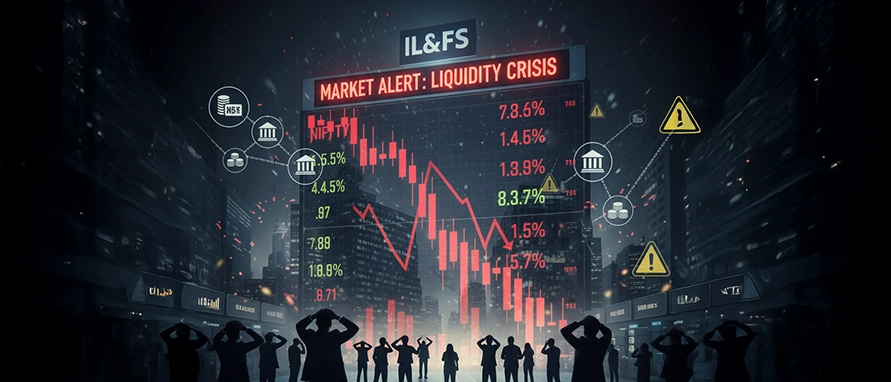
Nupur Wankhede

Nupur Wankhede

Nupur Wankhede

Nupur Wankhede

Nupur Wankhede

Geetanjali Lachke

Geetanjali Lachke

Roshani Ballal

Nupur Wankhede

Anshika

Anshika

Nupur Wankhede

Nupur Wankhede

Nupur Wankhede

Nupur Wankhede

Nupur Wankhede

Nupur Wankhede

Nupur Wankhede

Nupur Wankhede

Nupur Wankhede

Nupur Wankhede

Nupur Wankhede

Nupur Wankhede

Roshani Ballal

Anshika
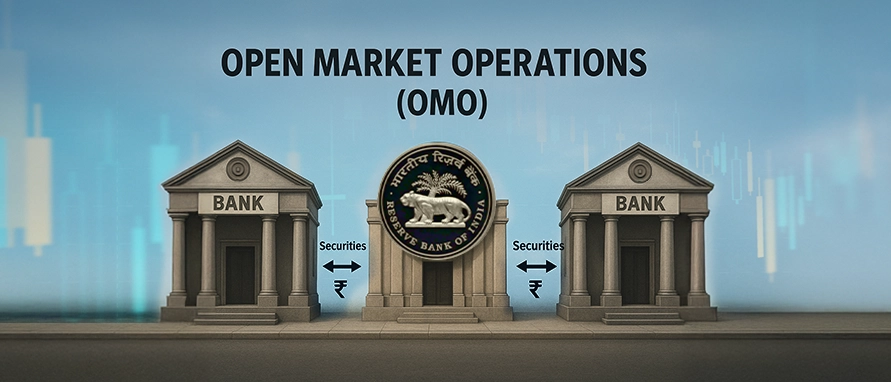
Nupur Wankhede

Geetanjali Lachke

Roshani Ballal
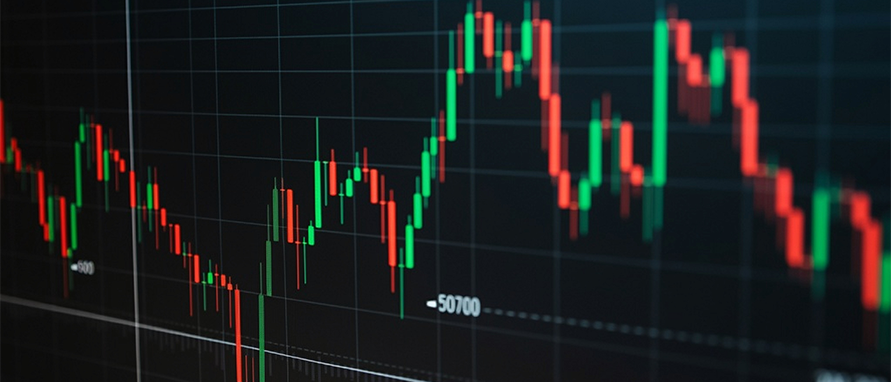
Nupur Wankhede

Nupur Wankhede

Anshika

Anshika

Nupur Wankhede

Anshika

Anshika

Nupur Wankhede
.webp)
Nupur Wankhede

Nupur Wankhede

Nupur Wankhede

Nupur Wankhede

Nupur Wankhede

Nupur Wankhede
.webp)
Nupur Wankhede

Nupur Wankhede

Nupur Wankhede

Nupur Wankhede
-in-India.webp)
Nupur Wankhede

Nupur Wankhede

Nupur Wankhede

Anshika

Nupur Wankhede

Nupur Wankhede

Anshika

Anshika

Nupur Wankhede

Nupur Wankhede

Nupur Wankhede

Nupur Wankhede

Nupur Wankhede

Nupur Wankhede

Nupur Wankhede

Nupur Wankhede

Anshika

Nupur Wankhede

Nupur Wankhede

Nupur Wankhede

Nupur Wankhede
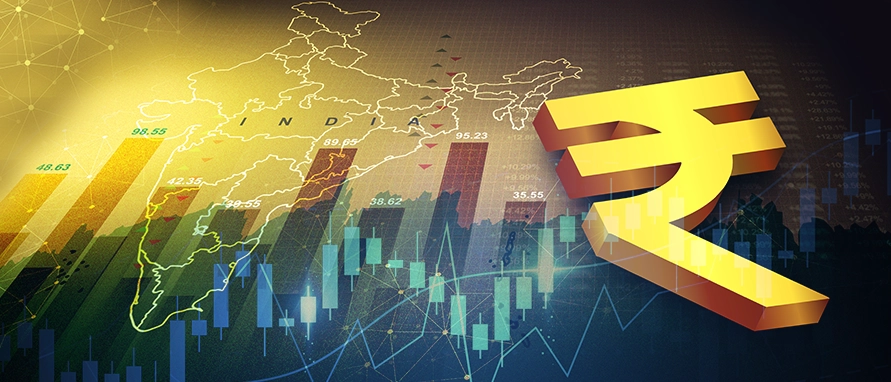
Anshika

Nupur Wankhede

Nupur Wankhede
-Meaning-Importance.webp)
Nupur Wankhede

Anshika

Nupur Wankhede
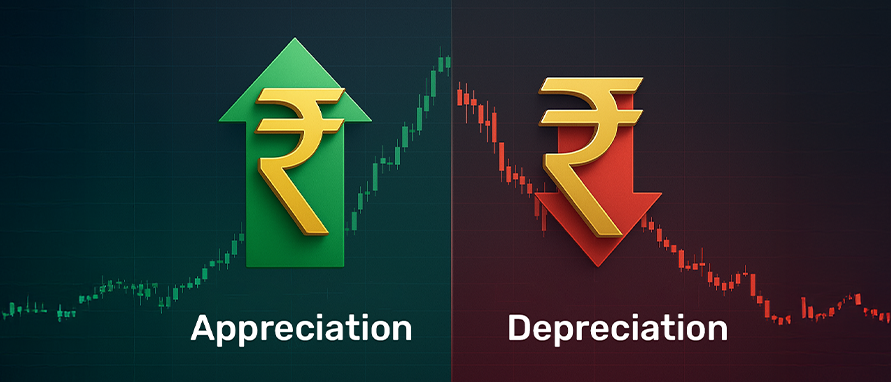
Anshika

Nupur Wankhede
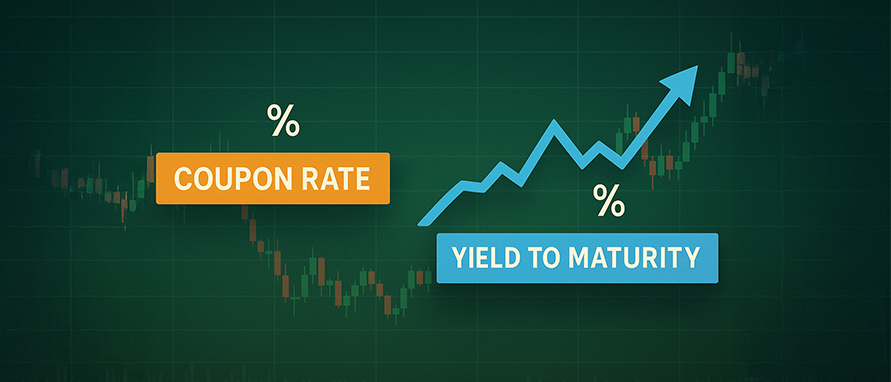
Nupur Wankhede

Nupur Wankhede

Geetanjali Lachke

Geetanjali Lachke

Geetanjali Lachke

Anshika

Anshika

Nupur Wankhede
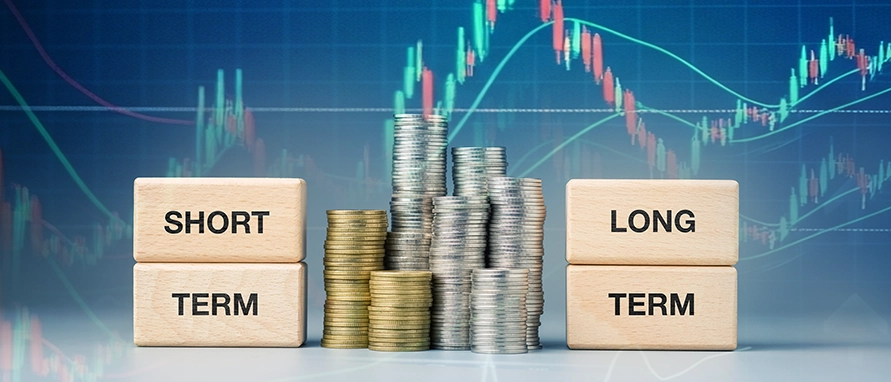
Nupur Wankhede
-portfolio.webp)
Nupur Wankhede

Anshika

Roshani Ballal

Geetanjali Lachke

Geetanjali Lachke

Geetanjali Lachke

Geetanjali Lachke

Geetanjali Lachke

Roshani Ballal

Roshani Ballal

Geetanjali Lachke

Geetanjali Lachke

Geetanjali Lachke

Roshani Ballal

Roshani Ballal

Geetanjali Lachke

Roshani Ballal

Roshani Ballal

Roshani Ballal

Roshani Ballal

Roshani Ballal

Roshani Ballal

Roshani Ballal

Roshani Ballal

Roshani Ballal

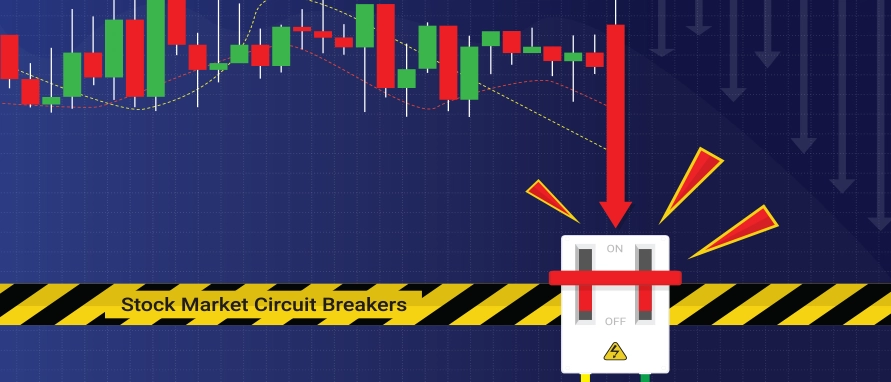




























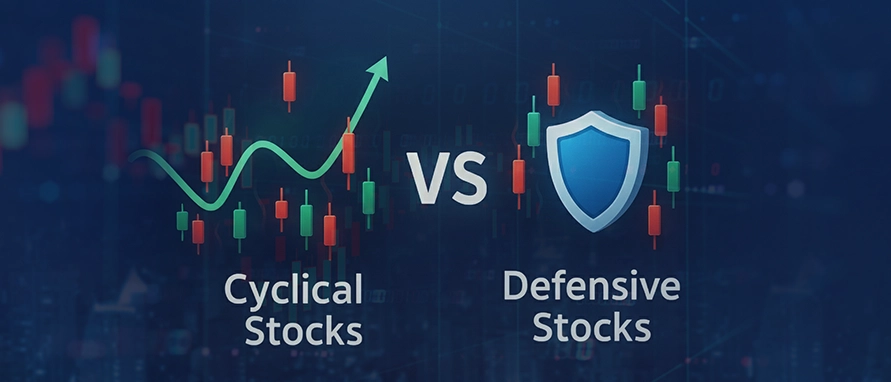


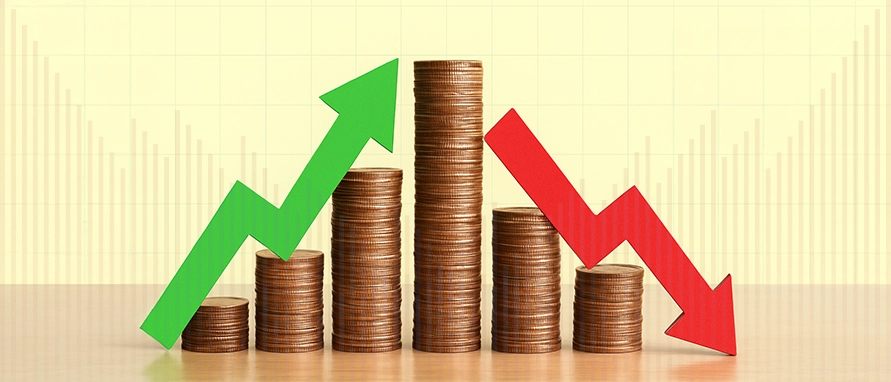


















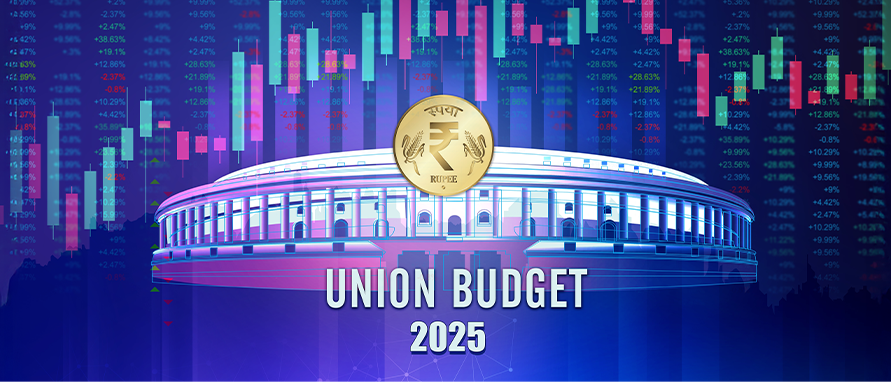
.webp)



.webp)











.webp)




.webp)




































